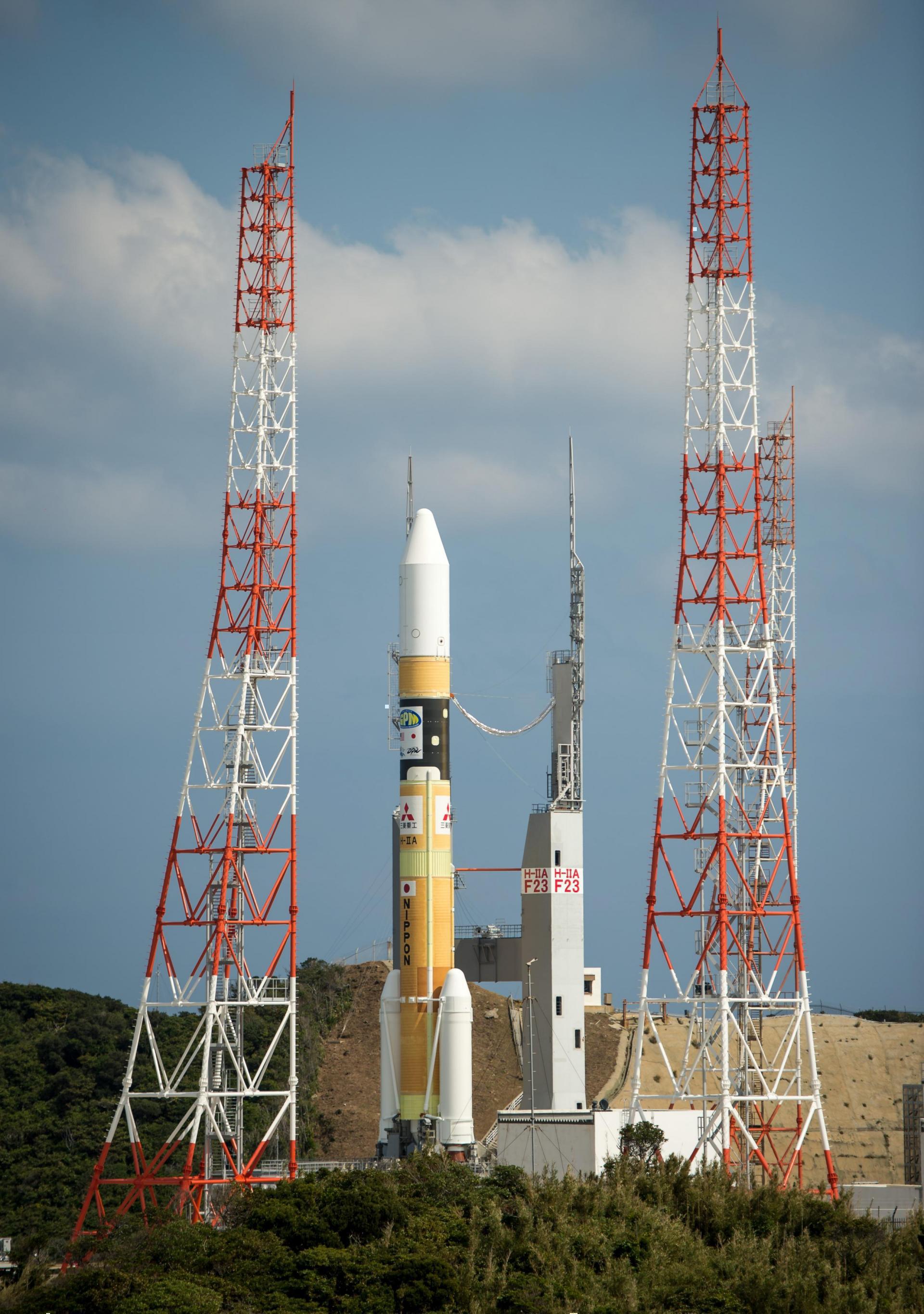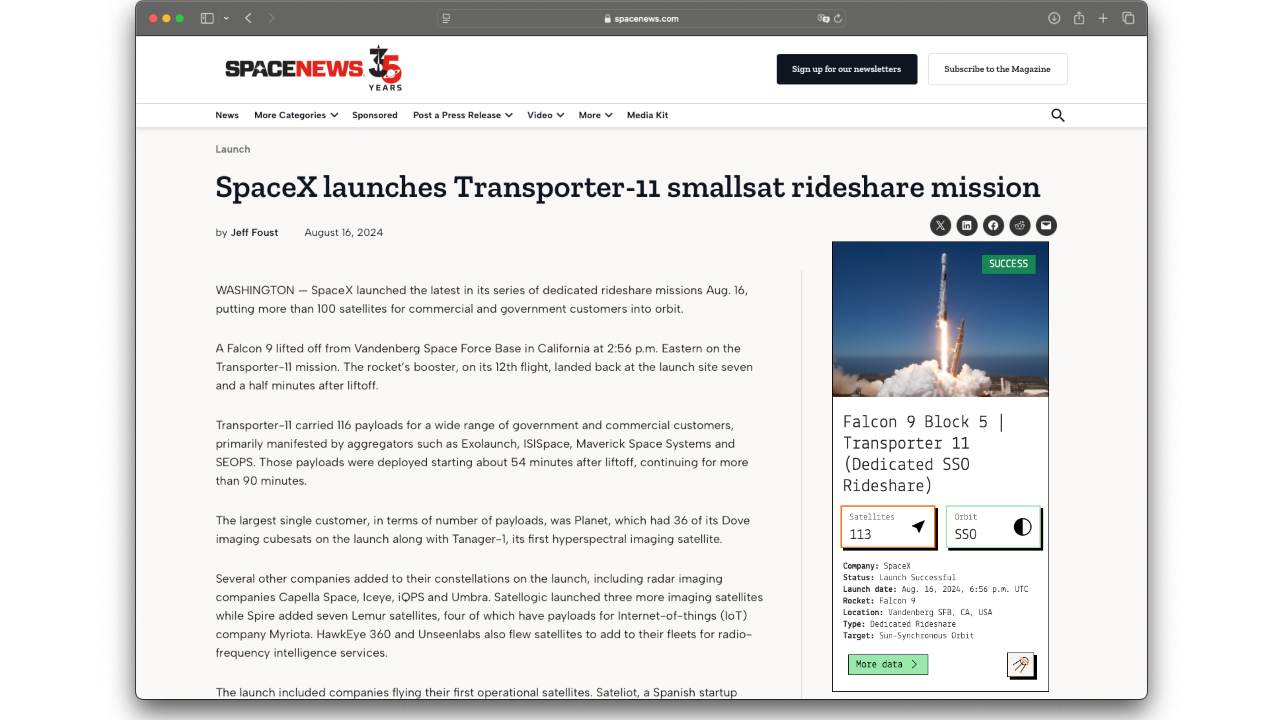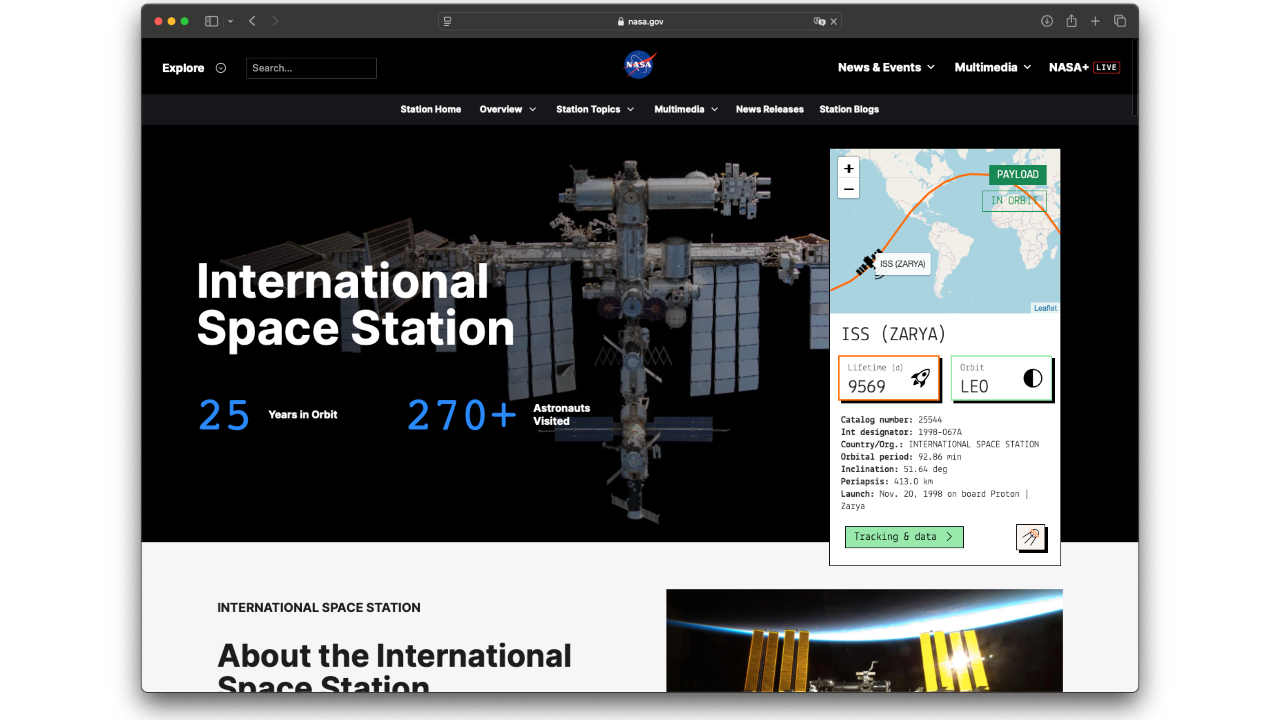H-IIA 202 | GCOM-W1
Launch information
Favourite EmbedMission description
The GCOM-W (Global Change Observation Mission - Water) or Shizuku satellite aims to construct, use, and verify systems that enable continuous global-scale observations (for 10 to 15 years) of effective geophysical parameters for elucidating global climate change and water circulation mechanisms. Water circulation changes will be observed by a microwave radiometer onboard the GCOM-W (Water) satellite (scheduled to be launched in Japan Fiscal Year 2011). The GCOM-W will observe precipitation, vapor amounts, wind velocity above the ocean, sea water temperatures, water levels on land areas and snow depths. Climate change observation will be performed by a multi-wavelength optical radiometer onboard the GCOM-C (Climate) satellite (under consideration) on clouds, aerosol, seawater color (marine organisms), vegetation, snow and ice. These satellites will enable us to perform comprehensive observations of the surface layer of the Earth such as the atmosphere, including clouds, land, oceans and the cryosphere. The Advanced Microwave Scanning Radiometer 2 (AMSR2) is a sensor to observe radiometers, or microwaves emitted naturally from the ground, sea surface and atmosphere, using 6 different frequency bands ranging from 7 GHz to 89 GHz. The strength of a natural microwave is determined by its characteristics and moisture, including the surface condition and temperature of the material. Although it depends on the frequency, the microwave is very weak. AMSR2 will detect such weak microwaves at an altitude of 700 kilometers and measure the strength of them with a very high accuracy. For example, by measuring the strength of a microwave emitted from the sea surface with the AMSR2, one can understand the water temperature of the sea surface to an accuracy of 0.5 degrees Celsius.
Launch status
Launch status information for space mission ‘H-IIA 202 | GCOM-W1’.

Success
Status: Launch Successful
Class: normal
Launch T0: May 17, 2012, 4:39 p.m.
Timezone: Asia/Tokyo
Launch authority
Details about the the rocket, its target orbit and the launch pad location.
Mission |
GCOM-W1 (SSO) |
|---|---|
Launcher |
Mitsubishi Heavy Industries |
Rocket |
H-IIA |
Location |
Tanegashima Space Center, Japan |
Pad |
Yoshinobu Launch Complex LP-1 |
Type |
Earth Science |
Orbit |
Sun-Synchronous Orbit (SSO) |
Satellites on-board
Satellites on-board the space mission ‘H-IIA 202 | GCOM-W1’ are identified by cross checking database entries for launches and satellites. Results could be inaccurate from time to time.
Launch statistics
Tracking key statistics for space mission ‘H-IIA 202 | GCOM-W1’, classified in stats relative to the specific mission launch year or to all-time values.
Orbital Launch
#5206
To this date
Location Launch
#54
To this date
Pad Launch
#28
To this date
Agency Launch
#16
To this date
Orbital Launch
#26
Year 2012
Location Launch
#1
Year 2012
Pad Launch
#1
Year 2012
Agency Launch
#1
Year 2012
Latest news about the launch
No news available for this launch yet. Check back soon, we post updates daily.
Newsletter sign-up
Weekly statistics, charts and insights to help you stay on top of the space industry.




